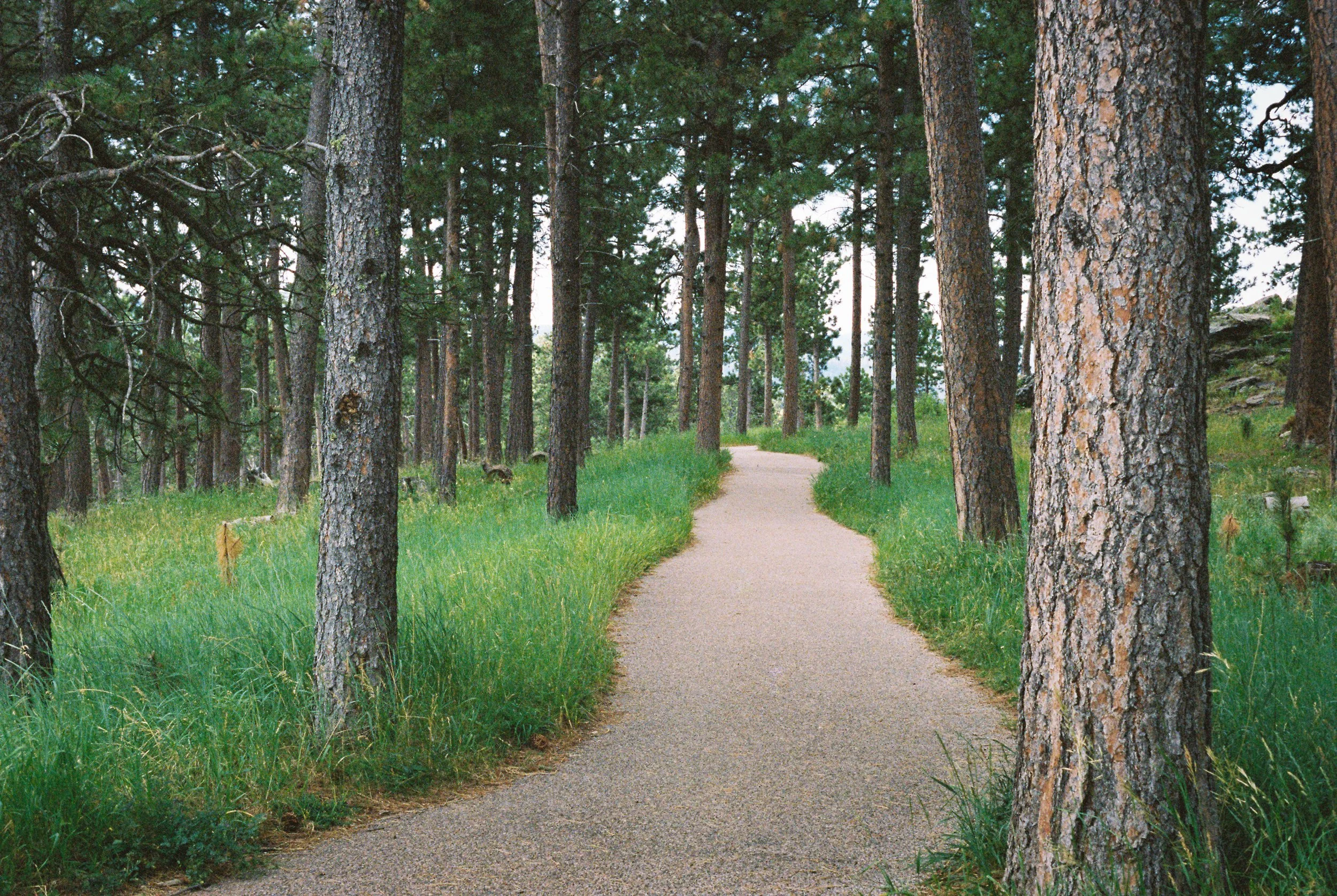Flip the Switch From Anxiety to Curiosity
Path in the woods in South Dakota
I'm no brain expert.
I have one, I use one all the time, but I'm still no expert. I recently read that when we are anxious, a part of the brain called the amygdala fires up, and we feel stress hormones. Those hormones flood our system to keep us in a state of hypervigilance. Our brain is preparing for what could go wrong. We use our brains to ask "what terrible thing might happen," then prepare for that. The interesting thing that I found out was that curiosity activates some of those same areas and has a similar effect, yet with very different outcomes for us.
Perhaps we could try using questions or thoughts to help us reframe our feelings. "Think of it like flipping a switch to change railroad tracks: the metaphorical locomotive of your mental energy doesn’t need to slow down, it just needs to be pointed in a different direction." (Anne-Laure Le Cunff, "The Anxiety-Curiosity Switch: How to Redirect Your Mental Energy for Creativity", Ness Labs)
Run an experiment to see what would happen if you try something for a set period of time. Rather than worry that I must do or create something good, do a slightly related action for a while and see what happens, as an experiment. Maybe you need to write a letter and really want it to be good. Or maybe at work, you need to analyze some data in a spreadsheet to make sense of it. Or perhaps you have been asked or commissioned to create a piece of art for someone. The pressure to make that work great can cause anxiety, which slows us down and could even make us stop working out of worry about not being good enough. Instead say, "I'm going to draw for 5 minutes and see what happens," or, "I will just put the data in the cells of the spreadsheet for the next 30 minutes and test to see if I see anything," or, "I'm just going to start typing and test to see what I come up with if I don't think at all - this will be fun."
Attack that problem in a different way. Try simply brainstorming for a set time on all the ways this problem could be solved. Remember, there are no good or bad answers in a brainstorm; they are just random thoughts. How many can you get on paper in, say, 10 minutes? Some will be crazy, others may actually help. Or try Mind-mapping. Put the problem on a piece of paper, draw a circle around it (keep it in the center and relatively small so you have room). Then branch out from that problem and put other circles around it with anything that comes to mind. No matter how related, take five or ten minutes and fill the paper up - use your curiosity to see what thoughts come up while thinking about the problem. This is not a way to solve it, just a way to turn your anxiety into curiosity.
Journal. Take a few minutes to write a note to yourself about what you want to learn in your related project. Focus on what you can or want to learn, rather than that project itself.
The idea is to attempt to flip that switch to curiosity, even if only for a few minutes, to actually use the brain and let those hormones flood your system rather than let them stop you. When I've tried this, at times, it feels a little like wasted time, but then I find I'm much more open to the original problem I was facing and ready to tackle it.










I recently read that when we are anxious, a part of the brain called the amygdala fires up, and we feel stress hormones. Those hormones flood our system to keep us in a state of hypervigilance. Our brain is preparing for what could go wrong. We use our brains to ask "what terrible thing might happen," then prepare for that.